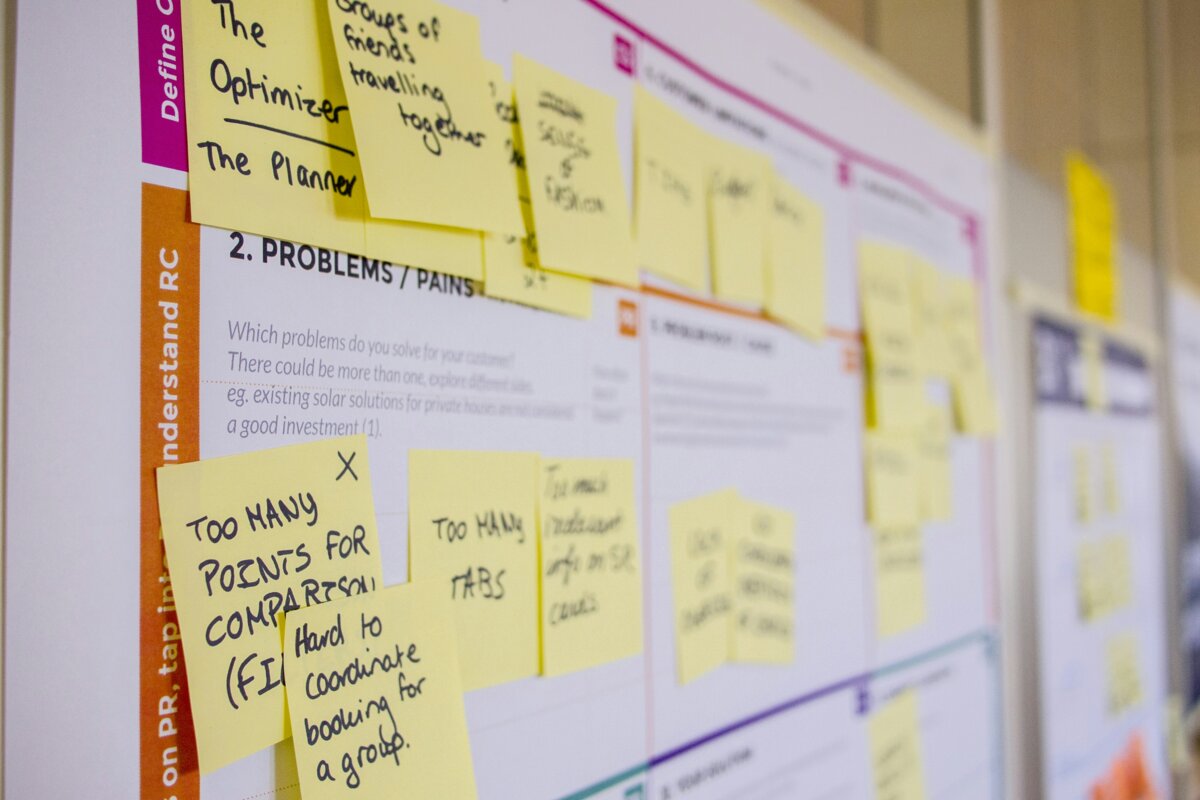
Author: Kysha Praciak
· 4 mins read · 261 views
DevOps vs Traditional IT: Why Agile Wins in 2024
In today’s fast-paced digital world, companies are constantly seeking ways to improve operational efficiency, accelerate project timelines, and reduce errors. With the pressure to deliver high-quality software faster and more reliably, businesses are comparing two primary operational approaches: DevOps and Traditional IT. If your organization is at a crossroads, wondering whether to stick with conventional IT practices or embrace a more agile DevOps methodology, you’re not alone. In 2024, the momentum clearly favors DevOps, and here’s why.
The Basics: Understanding DevOps and Traditional IT
- Traditional IT operates under a more compartmentalized, waterfall-style approach. In these setups, different teams handle different stages of software development, from planning and development to testing, deployment, and maintenance. This “siloed” structure can create barriers to collaboration and lead to inefficiencies, especially as projects grow in complexity.
- DevOps, on the other hand, is a cultural and technical shift toward agility and collaboration. Rooted in agile methodology, DevOps unifies development (Dev) and operations (Ops) teams to work together across the software lifecycle. By breaking down silos, DevOps aims to deliver better, faster, and more reliable software solutions through continuous integration, continuous delivery (CI/CD), and automation.
Why Traditional IT Falls Short in 2024
In traditional IT setups, a linear, step-by-step model is often used, which comes with a few critical downsides:
1. Slow Release Cycles
Traditional IT relies on sequential workflows. After developers finish coding, the project is handed off to testing teams, and only once everything is approved is it forwarded to operations for deployment. This process can delay releases significantly, creating bottlenecks and leading to missed deadlines.
2. Limited Collaboration Across Teams
In traditional IT models, teams tend to work in silos. Developers may have little to no communication with operations teams, and both teams may have minimal input from quality assurance. This isolation limits knowledge sharing, increases the risk of misunderstandings, and can lead to duplicated efforts, causing costly delays.
3. High Error Rates
Because traditional IT follows a slower, more manual process, there’s a greater chance for errors to creep in. Changes made in one phase often go unrecognized until much later in the project. Fixing these late-stage errors can be costly and time-consuming, and frequent bug fixes and rollbacks can hurt team morale and drain resources.
4. Inflexibility with Rapid Changes
In a world where consumer demands shift rapidly, businesses need the flexibility to adapt their software and services quickly. Traditional IT, however, follows rigid timelines and tends to resist mid-project changes. This lack of adaptability can hinder a company’s ability to respond to emerging opportunities or customer needs.
How DevOps Wins: The Benefits of Agile IT Practices
Companies that have adopted DevOps have found the benefits to be transformative, especially in 2024, when speed, agility, and adaptability are non-negotiable. Here’s why DevOps wins over traditional IT:
1. Accelerated Release Cycles and Faster Time-to-Market
DevOps empowers organizations to release updates, features, and bug fixes faster than ever before. With continuous integration and continuous delivery (CI/CD) pipelines, code changes are automatically tested and deployed, reducing manual work and streamlining the release process. The result? DevOps teams can deploy changes multiple times a day, compared to the weekly or monthly releases common in traditional IT setups.
2. Enhanced Collaboration and Communication
DevOps fosters a culture of collaboration between development, operations, and QA teams. With shared responsibilities and real-time communication, team members work toward the same goal rather than functioning in isolation. This collaboration not only speeds up development but also fosters a sense of shared ownership, enhancing team morale and productivity.
3. Reduced Error Rates through Automation
DevOps emphasizes automation to eliminate repetitive tasks and minimize human error. Automated testing, deployment, and monitoring tools catch issues early and reduce the likelihood of costly rollbacks. In fact, according to recent studies, companies using DevOps report 60% fewer failures and a 168% improvement in error resolution times compared to those using traditional IT practices.
4. Increased Agility and Scalability
In 2024, the ability to respond quickly to market changes is a competitive advantage. DevOps enables this agility with continuous feedback loops and a flexible approach to change. DevOps teams can integrate customer feedback, experiment with new features, and scale solutions faster than their traditional IT counterparts.
5. Improved Resource Efficiency and Cost Savings
By reducing redundant processes and minimizing downtime, DevOps helps companies save valuable time and resources. Automating workflows, cutting down on bug-related rollbacks, and eliminating silos reduce both operational costs and the time spent on “rework.” In the long run, these efficiencies often lead to higher ROI compared to traditional IT models.
The DevOps Advantage: How to Transition from Traditional IT to DevOps
Transitioning from traditional IT to a DevOps model requires a cultural shift as much as a technical one. Here are a few steps companies can take to begin the journey:
- Invest in Automation Tools: Automation is central to DevOps success. Tools for CI/CD, monitoring, and testing help reduce manual work and speed up processes. Select tools that fit your needs, and train teams on their use to get the most value.
- Encourage Cross-Functional Teams: Break down silos by encouraging cross-functional collaboration. Establish shared goals across development, operations, and QA teams, and implement practices such as stand-up meetings, sprint reviews, and retrospectives to keep everyone aligned.
- Prioritize Training and Culture: Moving to DevOps is more than adopting new tools. It’s about creating a culture that values agility, collaboration, and accountability. Offer training on DevOps principles and celebrate wins to foster a positive, collaborative work environment.
- Use Metrics to Drive Continuous Improvement: Measure key performance indicators (KPIs) such as deployment frequency, lead time, and change failure rate to track progress. Regularly review these metrics to identify bottlenecks and improve processes.
DevOps vs Traditional IT: The ROI Argument
For companies considering the switch, it’s natural to weigh the return on investment (ROI) of DevOps versus traditional IT. The cost savings from reduced downtime, fewer bugs, and faster delivery times add up quickly with DevOps. Additionally, the agility of a DevOps approach allows companies to capitalize on market opportunities faster than their competitors, adding indirect revenue potential.
Looking for Expert IT Solutions?
Subscribe to Our Newsletter for Exclusive Tips and Updates!
Stay ahead of tech challenges with expert insights delivered straight to your inbox. From solving network issues to enhancing cybersecurity and streamlining software integration, our newsletter offers practical advice and the latest IT trends. Sign up today and let us help you make technology work seamlessly for your business!



Share